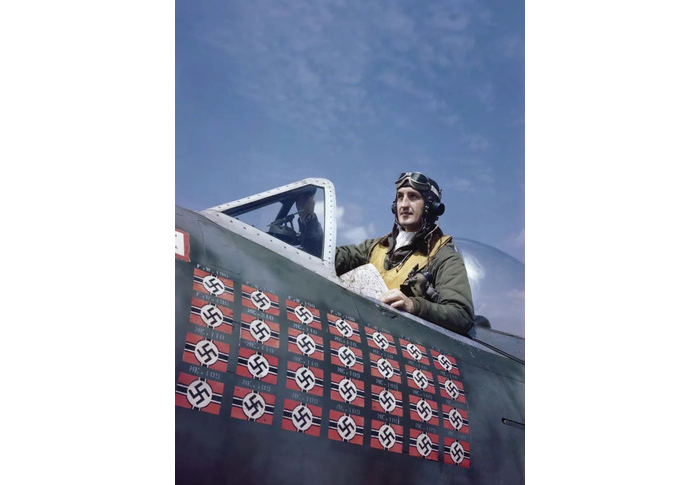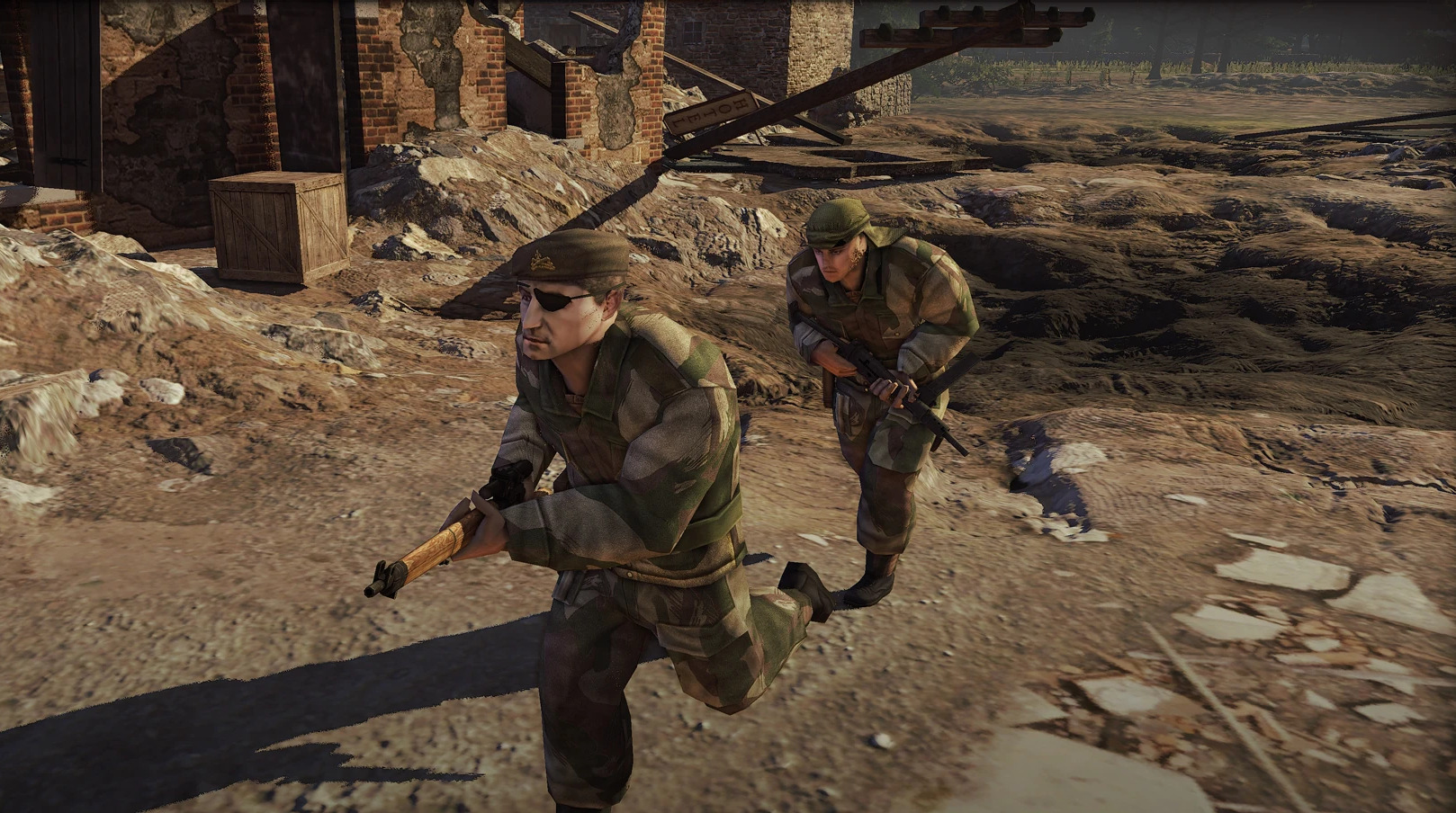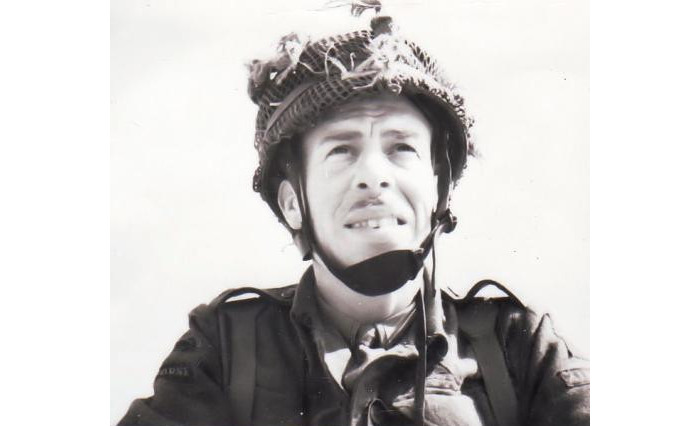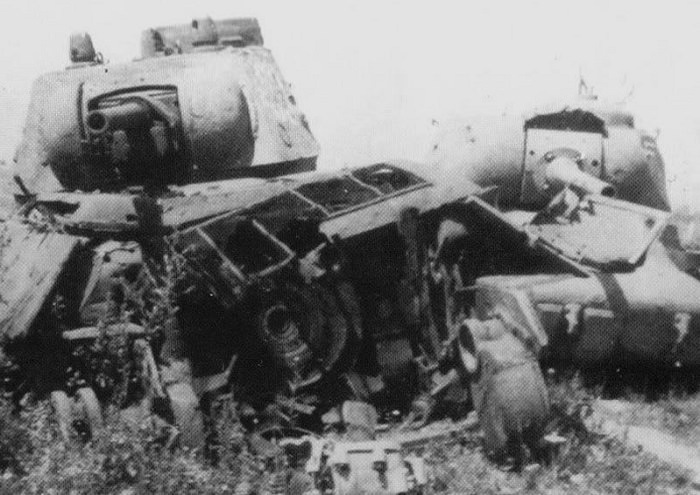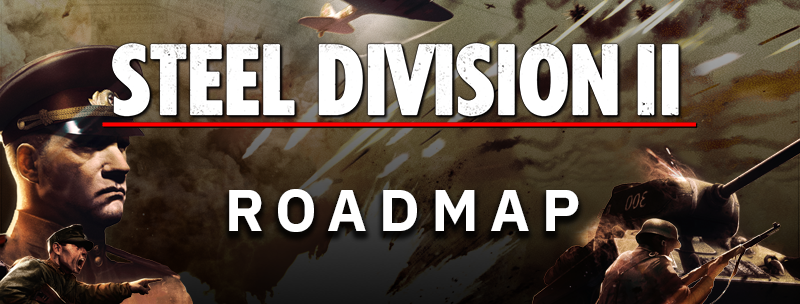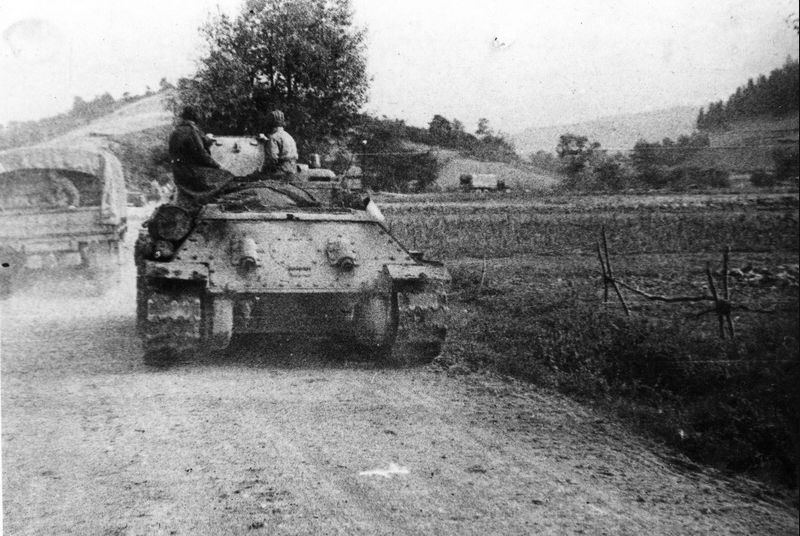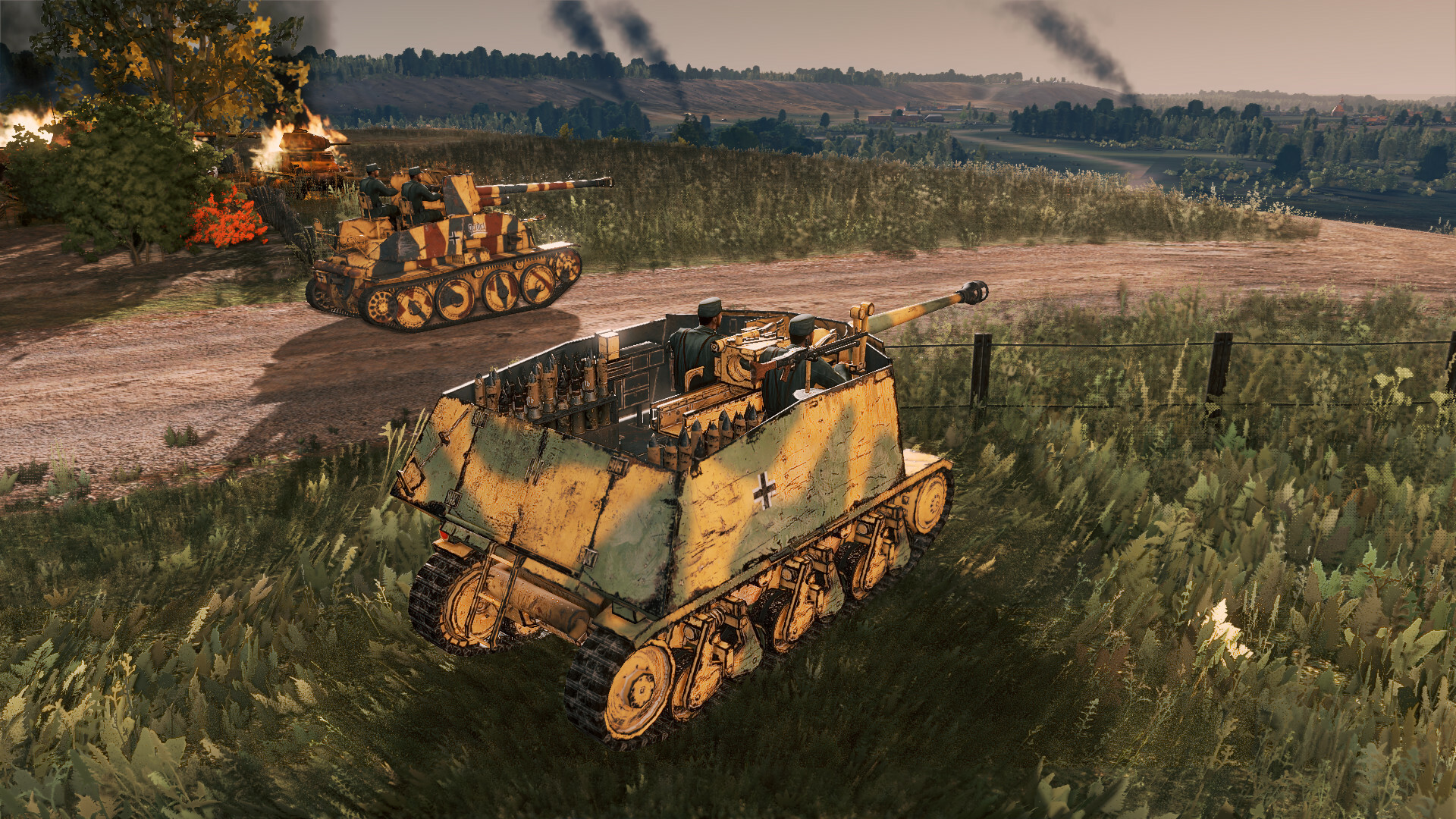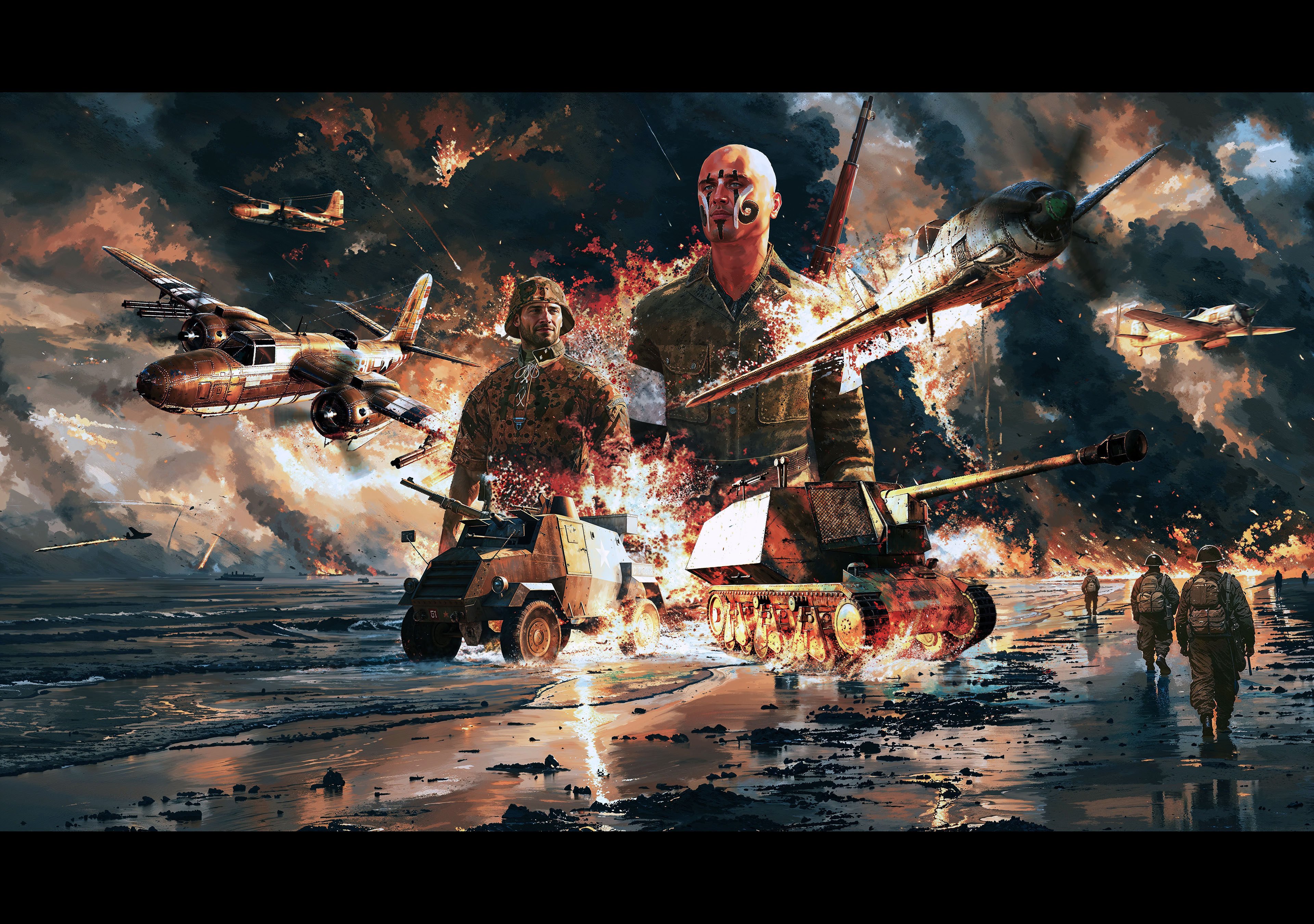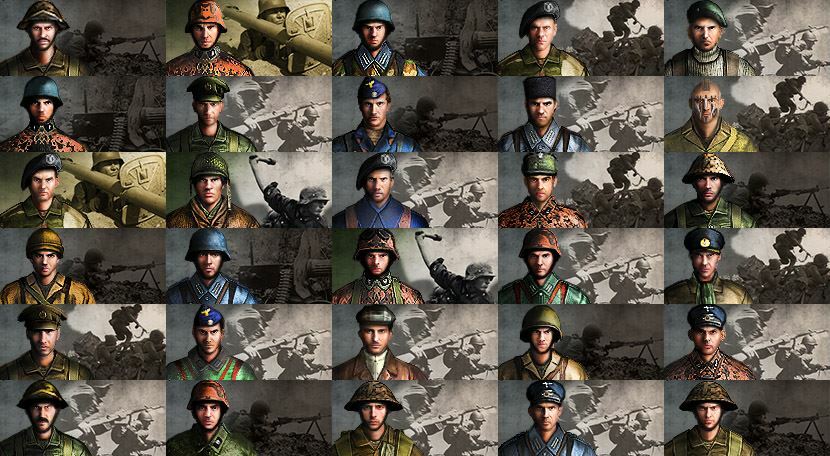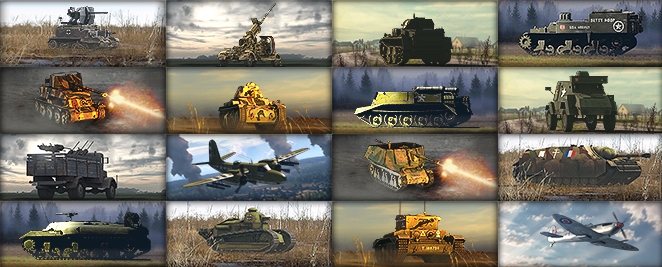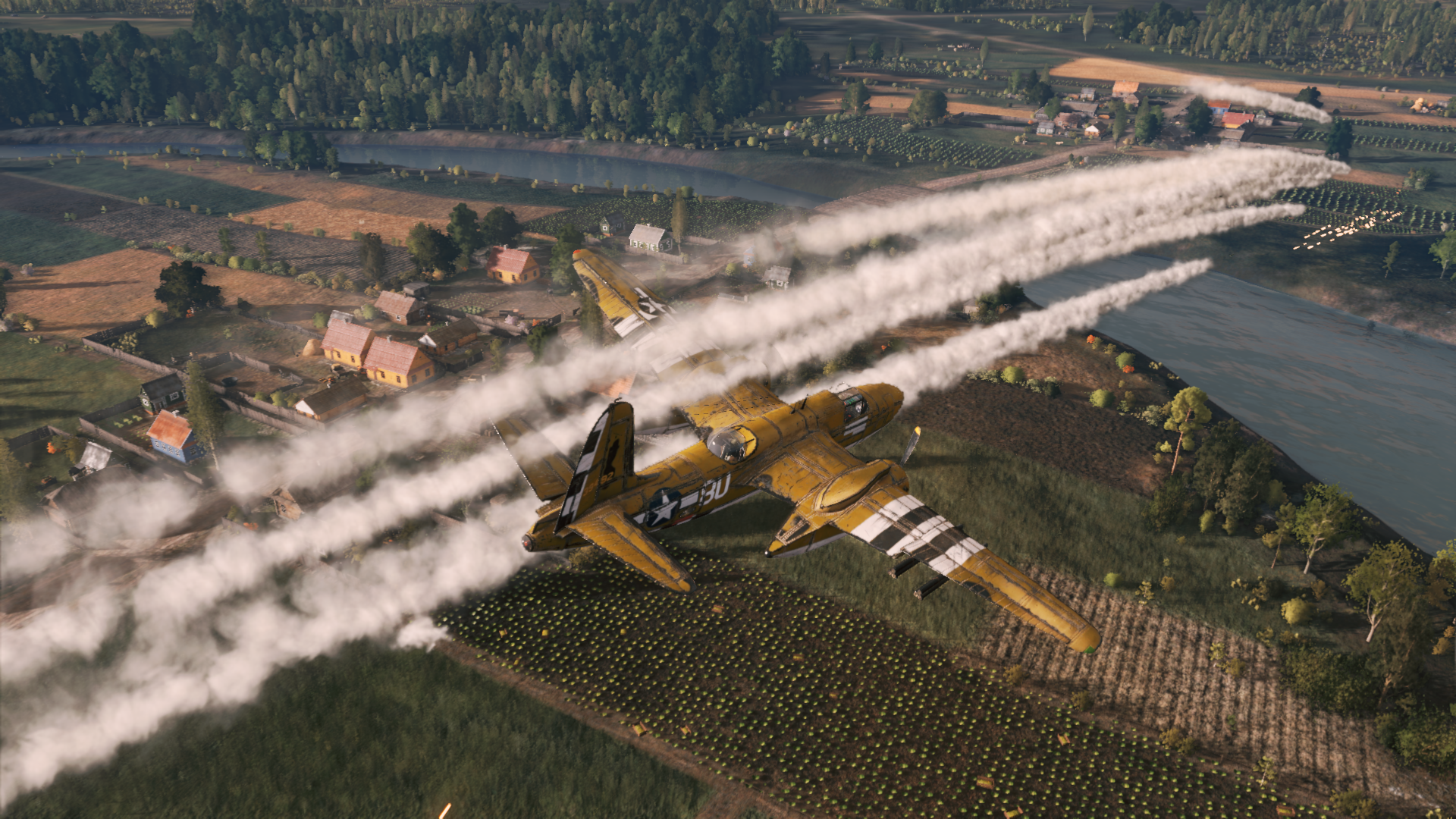
May 16, 2024
Steel Division 2 - [EUG] Gal Marcel Bigeard
Hello, hello!
In last week’s DevBlog, we took a first look at the upcoming free Aces DLC making its way to Steel Division 2. First on the stage were the five new Allied Aces.
As you might have guessed - and you guessed right - in today’s post, we’ll look at the five remaining new Axis Aces.
Let’s go!
Aces are special Steel Division 2 units based on historically noteworthy soldiers, commanders, or airmen. Within the game, they have a unique golden-rimmed portrait, markings, and personal paint job. They don’t offer any gameplay advantage.
The new Aces DLC will feature two sets of Aces: several from our original Steel Division: Normandy ‘44 who haven’t made their appearance yet in Steel Division2, and a number of completely new ones. The DLC will feature in total 10 new Aces.
Please note that the following is still a work in progress, including the DLC’s name and release date.
With that out of the way, let’s get to the 5 new Axis Aces.
Willy Kretzschmar
The 12. SS-Panzerdivision will feature tank commander Willy Kretzschmar with a Panzer IV H. This Ace was originally featured in Steel Division: Normandy ‘44.
In terms of enemies destroyed, in an army where the leading aces were counting their victims in three-digit numbers, Willy Kretzschmar would have remained an anonymous “mere” ace with 15 confirmed kills. However, the lucky hit of a Canadian artillery shell changed this.
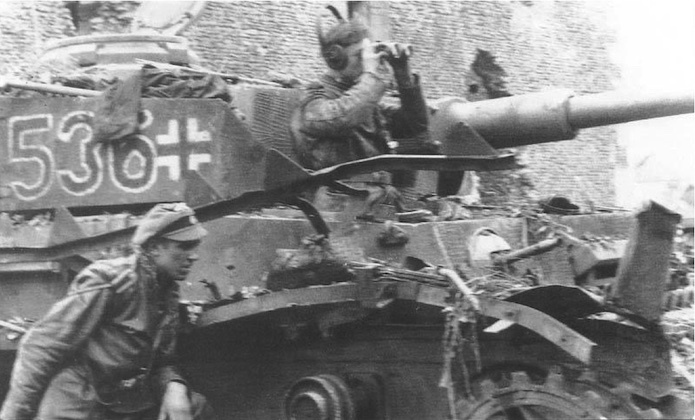
The Allied projectile hit Kretzschmar’s “536” Panzer IV front right corner, ripping apart armor and tracks. After having been towed back to a workshop, where it received a series of hasty repairs, its crew took the tank into combat again in a rather battle-damaged condition. Looking worse for wear but still actively engaging the Allies, the tank and its crew were spotted by a German war correspondent who duly took a picture. This made Kretzschmar and his Panzer IV famous, especially for post-war history buffs!
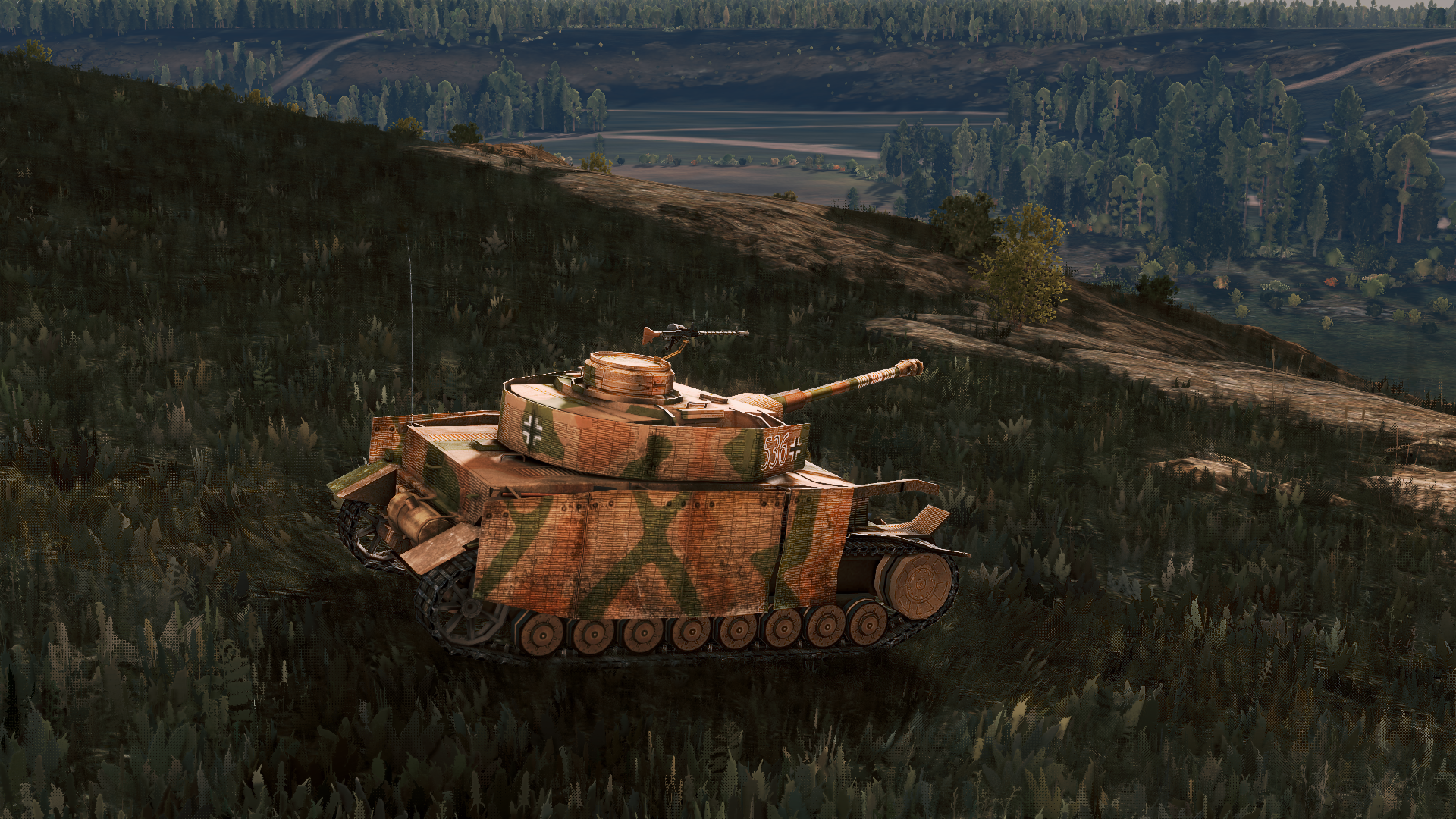
Lauri Torni
The Axis Finnish Raapaana will have the infantry commander Lauri Törni as a Jääkäri (Kpääl) Jäger leader. This Ace is new to Steel Division 2.
Regarded as the father of all long-range recon patrol forces, the legendary Finnish Lauri Törni fought in three uniforms and under two names in two separate wars! After combat service during World War II, he enlisted in the US Army, being deployed with the ultra-secret MACV-SOG group before ultimately missing in action during the Vietnam War in 1965.
But let’s rewind a bit: Finnish-born Törni saw first combat against the Soviets in the Winter War of 1940. When the Continuation War kicked off in 1941, our Ace had become an officer, leading a detachment of light troops specialized in infiltration and deep reconnaissance behind enemy lines. He was awarded the Mannerheim Cross, Finland's highest award, for his exploits during this time.
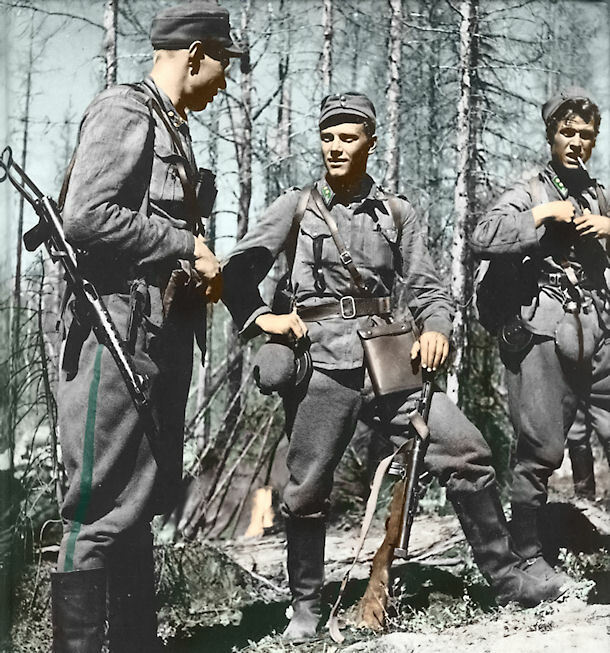
( Lauri Torni in the middle)
After the armistice with the Soviet Union in 1944, he found his way to his former German instructors, enlisting with the Waffen-SS and fighting out the rest of the war until surrendering to the British. Hounded by the Finnish for treason, he was captured and escaped multiple times. In 1952, he found his way to the United States, where he joined the recently created US Special Forces, rising in the ranks - much like in Finland - before deploying for his tours in Vietnam under his new name Larry Thorne. He is regarded as one of the founders of the Green Berets.
Walter Möse
The 28. Jäger-Division will feature infantry assault squad Walter Möse as a Sturmjäger. This Ace is new to Steel Division 2.
A German volunteer soldier who tried to enter the Wehrmacht in 1938, Möse suffered a severe back injury during training, which led to him being discharged. He re-enlisted in 1941 with the 28. Jäger-Division in time for fighting on the Eastern Front, where he distinguished himself well. As a sergeant, during the Battle of Novgorod in January 1944, with all his battalion’s officers killed or wounded, he took charge of his unit and repelled all subsequent Soviet attacks. He earned the Knight’s Cross with Oak Leaves for this action. Möse was killed in action in November 28th, 1944, near Goldap, East Prussia. By that time, he had been wounded 21 times!
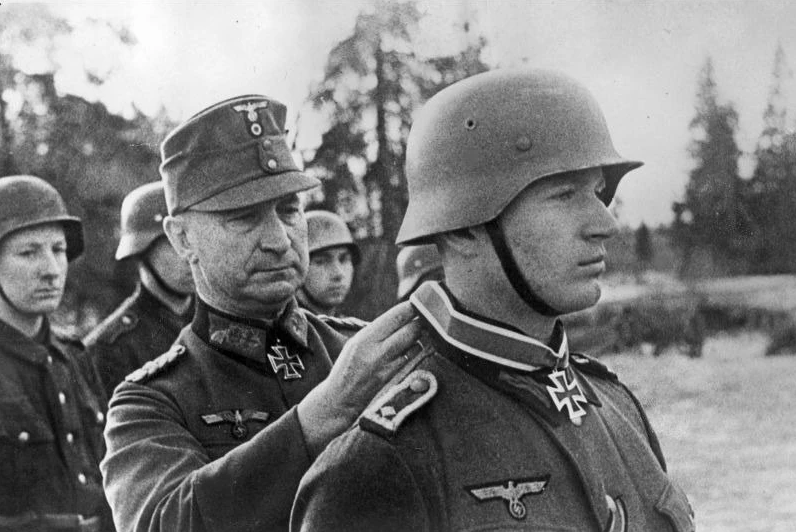
Aladar Heppes
The Axis Hungarian 2. Pancelos will contain pilot Aladar Heppes in a (Hungarian) Me-109G-6/R6 fighter. This Ace is new to Steel Division 2.
Our next Ace seems a little bit more “standard” compared to the more daring of our other military heroes. Still, Heppes, a Hungarian fighter pilot, had 8 confirmed victories against Soviet and American planes. In 1942-43, part of the Axis Hungarian forces, he fought in the USSR before being recalled to Hungary to lead a home defense fighter wing, the 101. Vadászrepülő Osztály (101st Home Defense Fighter Wing). This squadron featured the infamous “Pumas” on their insignia, which earned Heppes the nickname “Old Puma”. The squadron became feared by American bomber pilots, as they regarded the Hungarian pilots as “crazy” in combat. In the latter part of 1944, the unit was transferred to the frontline, fighting over eastern Hungary and Romania. Heppes survived the war.
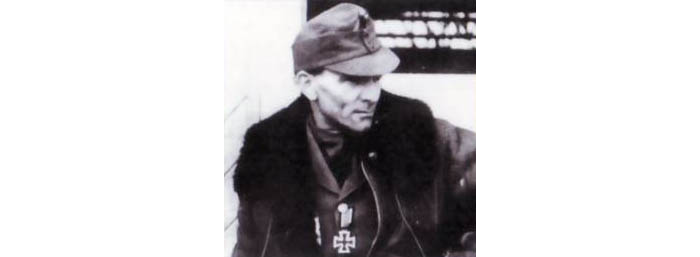
Ion S. Dumitru
The Axis Romanian 1 Blindata will contain tank commander Ion S. Dumitru, who will be featured in-game in a T.4 Comanda (a Romanian Panzer IV H Leader[/b]). This Ace is new to Steel Division 2.
The Ion S. Dumitru is a survivor of Stalingrad and a tank commander who took part in the Jassy-Kichinev campaign, as playable in the Steel Division 2’s expansion Steel Division 2: Bloody Sunday. Interned by the Soviets during the Turda campaign, Ion S. Dumitru escaped and reenlisted in another Romanian tank unit to keep fighting for the Allies until the war's end. Ironically, it was in this unit that Dumitru made his remaining kills, which actually saw him make ace (though, within the DLC, he will be featured while still fighting for the Axis).

That’s all for this week’s DevBlog. We’ll be back soon!
Join the Steel Division 2 community on our Steam forums. The latest Steel Division 2 news can also be encountered on our Instagram.
Looking for an online game? Visit the Discord server or Reddit page and get involved with the lively Steel Division 2 community!
See you on the battlefield, commanders!
In last week’s DevBlog, we took a first look at the upcoming free Aces DLC making its way to Steel Division 2. First on the stage were the five new Allied Aces.
As you might have guessed - and you guessed right - in today’s post, we’ll look at the five remaining new Axis Aces.
Let’s go!
Axis Aces
Aces are special Steel Division 2 units based on historically noteworthy soldiers, commanders, or airmen. Within the game, they have a unique golden-rimmed portrait, markings, and personal paint job. They don’t offer any gameplay advantage.
The new Aces DLC will feature two sets of Aces: several from our original Steel Division: Normandy ‘44 who haven’t made their appearance yet in Steel Division2, and a number of completely new ones. The DLC will feature in total 10 new Aces.
Please note that the following is still a work in progress, including the DLC’s name and release date.
With that out of the way, let’s get to the 5 new Axis Aces.
Willy Kretzschmar
The 12. SS-Panzerdivision will feature tank commander Willy Kretzschmar with a Panzer IV H. This Ace was originally featured in Steel Division: Normandy ‘44.
In terms of enemies destroyed, in an army where the leading aces were counting their victims in three-digit numbers, Willy Kretzschmar would have remained an anonymous “mere” ace with 15 confirmed kills. However, the lucky hit of a Canadian artillery shell changed this.

The Allied projectile hit Kretzschmar’s “536” Panzer IV front right corner, ripping apart armor and tracks. After having been towed back to a workshop, where it received a series of hasty repairs, its crew took the tank into combat again in a rather battle-damaged condition. Looking worse for wear but still actively engaging the Allies, the tank and its crew were spotted by a German war correspondent who duly took a picture. This made Kretzschmar and his Panzer IV famous, especially for post-war history buffs!

Lauri Torni
The Axis Finnish Raapaana will have the infantry commander Lauri Törni as a Jääkäri (Kpääl) Jäger leader. This Ace is new to Steel Division 2.
Regarded as the father of all long-range recon patrol forces, the legendary Finnish Lauri Törni fought in three uniforms and under two names in two separate wars! After combat service during World War II, he enlisted in the US Army, being deployed with the ultra-secret MACV-SOG group before ultimately missing in action during the Vietnam War in 1965.
But let’s rewind a bit: Finnish-born Törni saw first combat against the Soviets in the Winter War of 1940. When the Continuation War kicked off in 1941, our Ace had become an officer, leading a detachment of light troops specialized in infiltration and deep reconnaissance behind enemy lines. He was awarded the Mannerheim Cross, Finland's highest award, for his exploits during this time.

( Lauri Torni in the middle)
After the armistice with the Soviet Union in 1944, he found his way to his former German instructors, enlisting with the Waffen-SS and fighting out the rest of the war until surrendering to the British. Hounded by the Finnish for treason, he was captured and escaped multiple times. In 1952, he found his way to the United States, where he joined the recently created US Special Forces, rising in the ranks - much like in Finland - before deploying for his tours in Vietnam under his new name Larry Thorne. He is regarded as one of the founders of the Green Berets.
Walter Möse
The 28. Jäger-Division will feature infantry assault squad Walter Möse as a Sturmjäger. This Ace is new to Steel Division 2.
A German volunteer soldier who tried to enter the Wehrmacht in 1938, Möse suffered a severe back injury during training, which led to him being discharged. He re-enlisted in 1941 with the 28. Jäger-Division in time for fighting on the Eastern Front, where he distinguished himself well. As a sergeant, during the Battle of Novgorod in January 1944, with all his battalion’s officers killed or wounded, he took charge of his unit and repelled all subsequent Soviet attacks. He earned the Knight’s Cross with Oak Leaves for this action. Möse was killed in action in November 28th, 1944, near Goldap, East Prussia. By that time, he had been wounded 21 times!

Aladar Heppes
The Axis Hungarian 2. Pancelos will contain pilot Aladar Heppes in a (Hungarian) Me-109G-6/R6 fighter. This Ace is new to Steel Division 2.
Our next Ace seems a little bit more “standard” compared to the more daring of our other military heroes. Still, Heppes, a Hungarian fighter pilot, had 8 confirmed victories against Soviet and American planes. In 1942-43, part of the Axis Hungarian forces, he fought in the USSR before being recalled to Hungary to lead a home defense fighter wing, the 101. Vadászrepülő Osztály (101st Home Defense Fighter Wing). This squadron featured the infamous “Pumas” on their insignia, which earned Heppes the nickname “Old Puma”. The squadron became feared by American bomber pilots, as they regarded the Hungarian pilots as “crazy” in combat. In the latter part of 1944, the unit was transferred to the frontline, fighting over eastern Hungary and Romania. Heppes survived the war.

Ion S. Dumitru
The Axis Romanian 1 Blindata will contain tank commander Ion S. Dumitru, who will be featured in-game in a T.4 Comanda (a Romanian Panzer IV H Leader[/b]). This Ace is new to Steel Division 2.
The Ion S. Dumitru is a survivor of Stalingrad and a tank commander who took part in the Jassy-Kichinev campaign, as playable in the Steel Division 2’s expansion Steel Division 2: Bloody Sunday. Interned by the Soviets during the Turda campaign, Ion S. Dumitru escaped and reenlisted in another Romanian tank unit to keep fighting for the Allies until the war's end. Ironically, it was in this unit that Dumitru made his remaining kills, which actually saw him make ace (though, within the DLC, he will be featured while still fighting for the Axis).

See you on the battlefield
That’s all for this week’s DevBlog. We’ll be back soon!
Join the Steel Division 2 community on our Steam forums. The latest Steel Division 2 news can also be encountered on our Instagram.
Looking for an online game? Visit the Discord server or Reddit page and get involved with the lively Steel Division 2 community!
See you on the battlefield, commanders!




